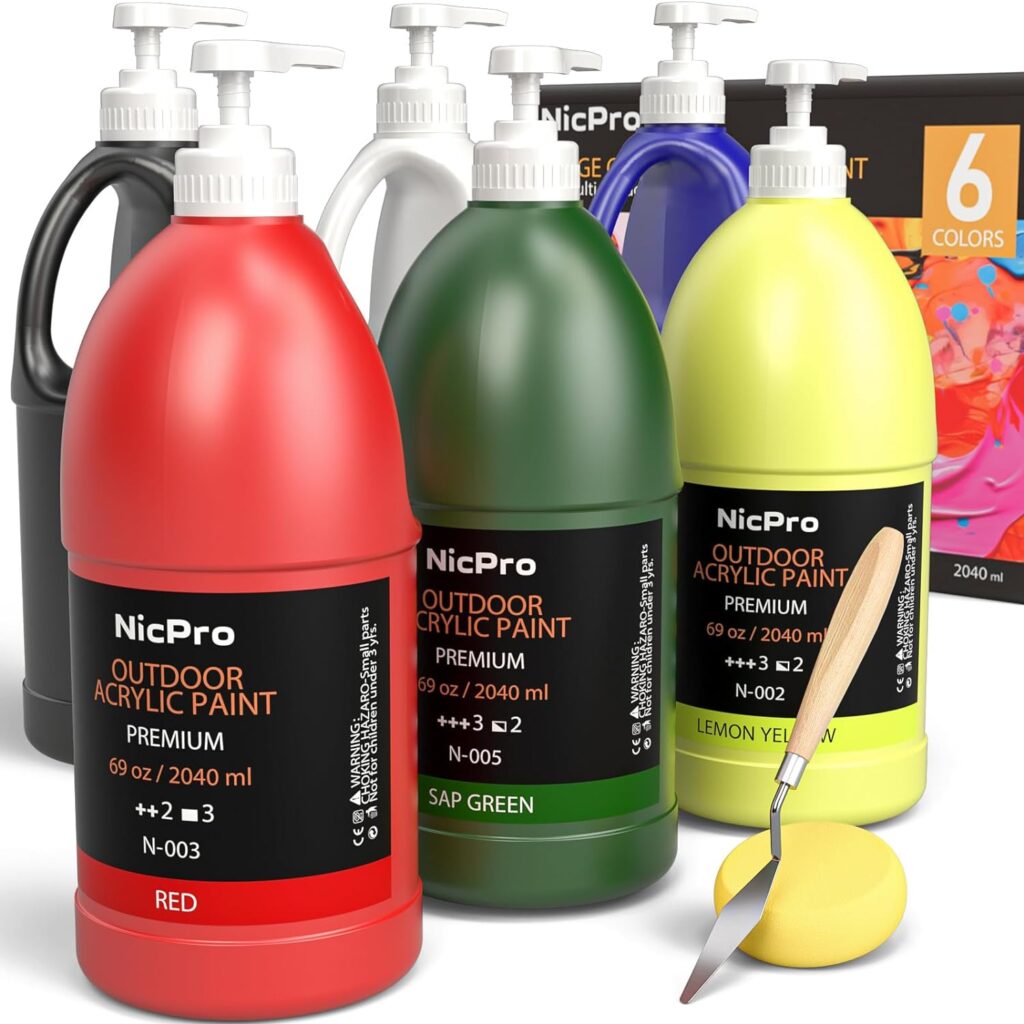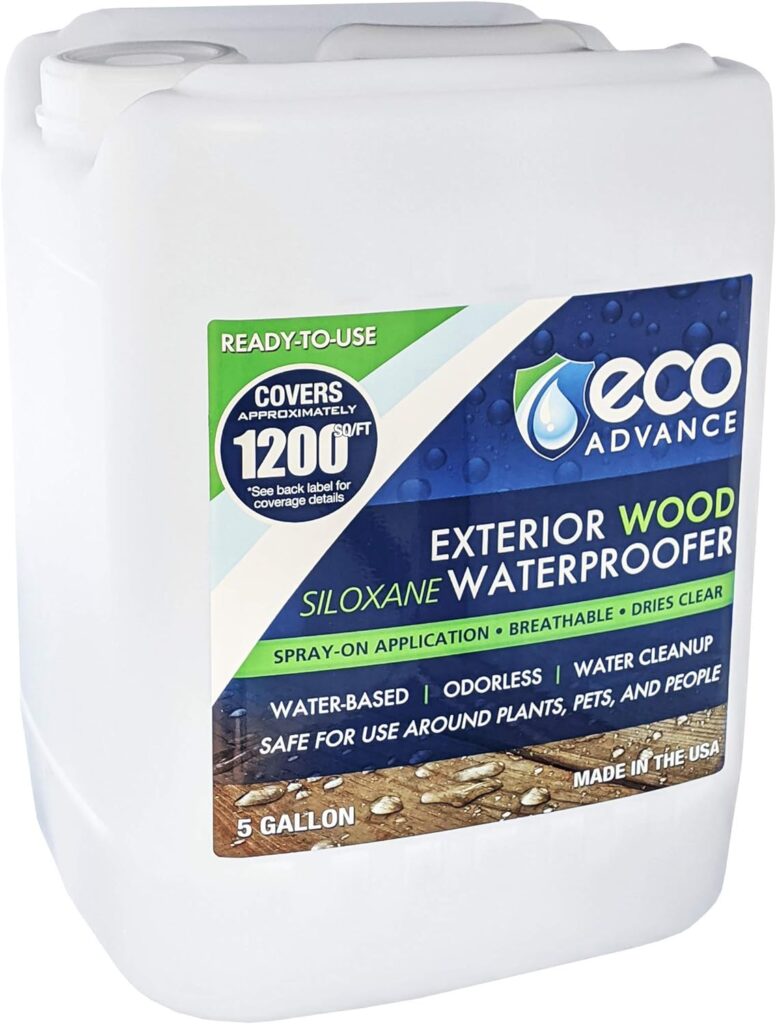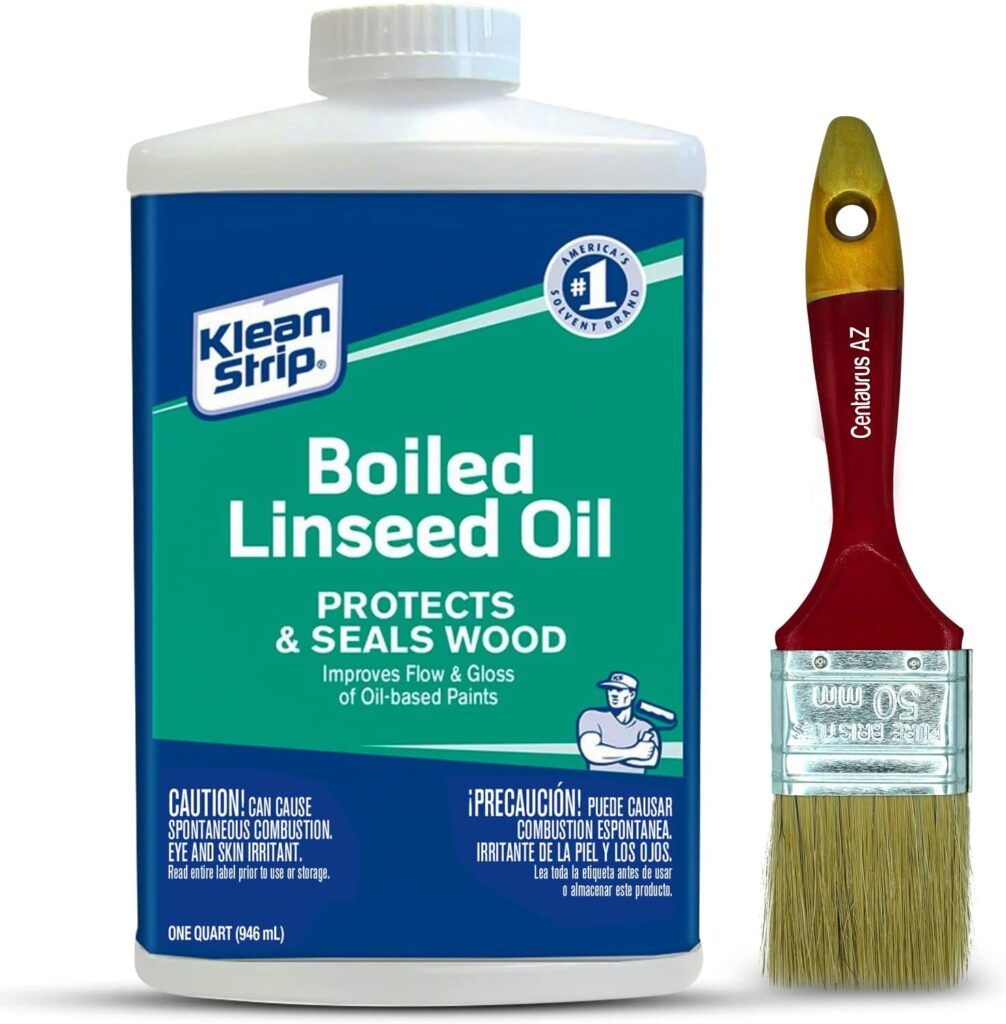birdhouse color
How Birdhouse Color Can Impact Nesting Success

Painting a birdhouse is an enjoyable and rewarding DIY project that can attract various bird species to your garden or backyard. However, it’s important to choose safe and non-toxic paints and preservatives that won’t harm birds and their chicks. Additionally, selecting the right color can play a significant role in attracting specific bird species. Here are some tips and recommendations for painting a birdhouse that can help create a safe and welcoming environment for your feathered friends.
Choosing Safe Paints and Preservatives
When selecting a paint or preservative for a birdhouse, it’s essential to consider the safety of the product. Some conventional paints and preservatives contain harmful chemicals that can be toxic to birds or their chicks, so it’s essential to choose non-toxic and environmentally friendly options. Some safe and bird-friendly paints and preservatives include milk paint, acrylic paint, linseed oil, or beeswax. These products can be found online or at your local hardware or craft store.
Here are non-toxic paints and wood preservatives
Selecting the Right Birdhouse Color
The color of a birdhouse can also play a role in attracting birds. For example, bluebird houses are often painted light blue to attract bluebirds, while purple martin houses are traditionally painted white. It’s important to choose a color that blends in with the natural environment where the birdhouse will be placed. This can help the birdhouse look more like a natural nesting site and increase the chances of attracting birds.
Birdhouse Color That Attract Specific Bird Species
Different bird species are attracted to different colors, and choosing the right birdhouse color can help you attract the species you want to see. Here are some examples of colors that can attract specific bird species:
- Light blue: Bluebirds, blue jays and starlings
- White: Purple martins
- Light green: Finches, chickadees, wrens
- Brown: Sparrows, titmice, nuthatches
- Natural wood: Various bird species
- Muted Green: blackbirds and thrushes
- Gray: eastern bluebirds
- Purple: Nocturnal birds such as owls have an affinity for purple tones.
- Black: American robin
Dark-colored birdhouses should avoid direct sunlight to prevent overheating.
Applying Paint and Preservative
When applying the paint or preservative to a birdhouse, it’s important to do so in a well-ventilated area. The paint or preservative should be applied evenly and allowed to dry completely before placing the birdhouse outside. Additionally, it’s important to ensure that the birdhouse is clean and placed in a suitable location for the bird species you hope to attract.
Conclusion
By following these tips and choosing the right color, you can create a safe and attractive home for birds. Remember to opt for non-toxic paints and preservatives and to choose a color that blends in with the natural environment.
If your birdhouse remains unused for a season, don’t be disheartened. Consider repainting it a different color for the next nesting season. Sometimes, a simple change in color can make all the difference in attracting birds to your backyard sanctuary. With a little bit of effort and creativity, you can attract various bird species to your garden or backyard and enjoy their beauty and company.
Sources
The information in this blog post was obtained from a variety of reputable sources, including birding and wildlife organizations, home improvement websites, and online forums where people discuss their experiences and techniques for painting birdhouses.






One Response to birdhouse color